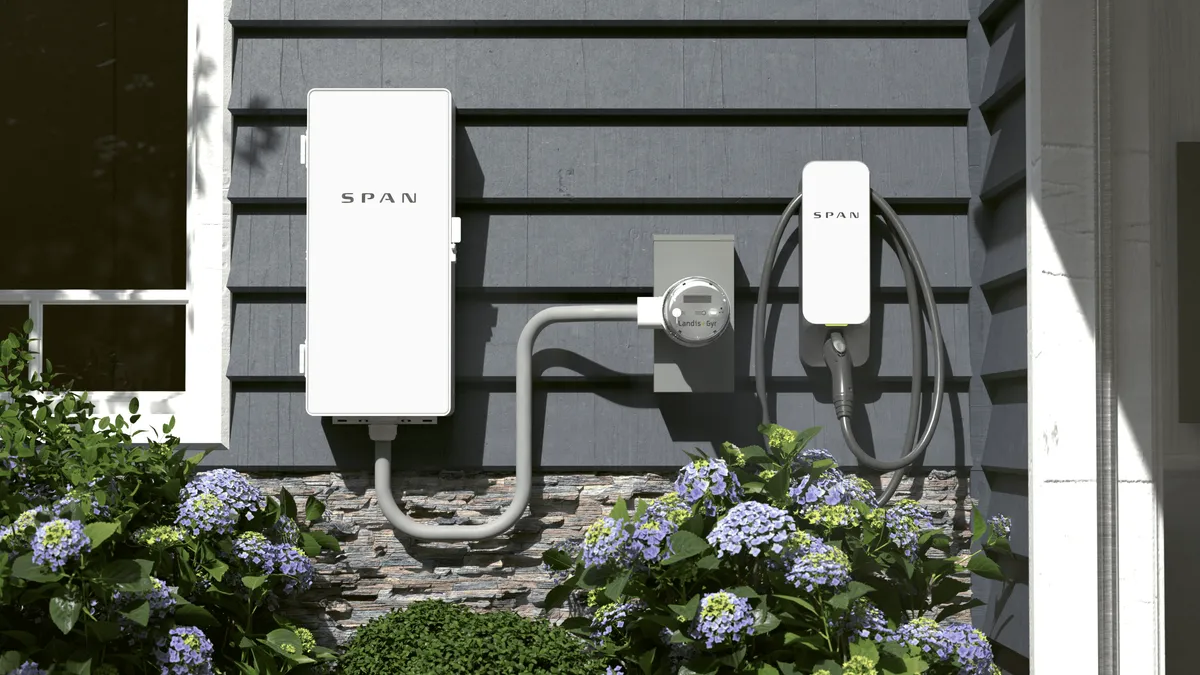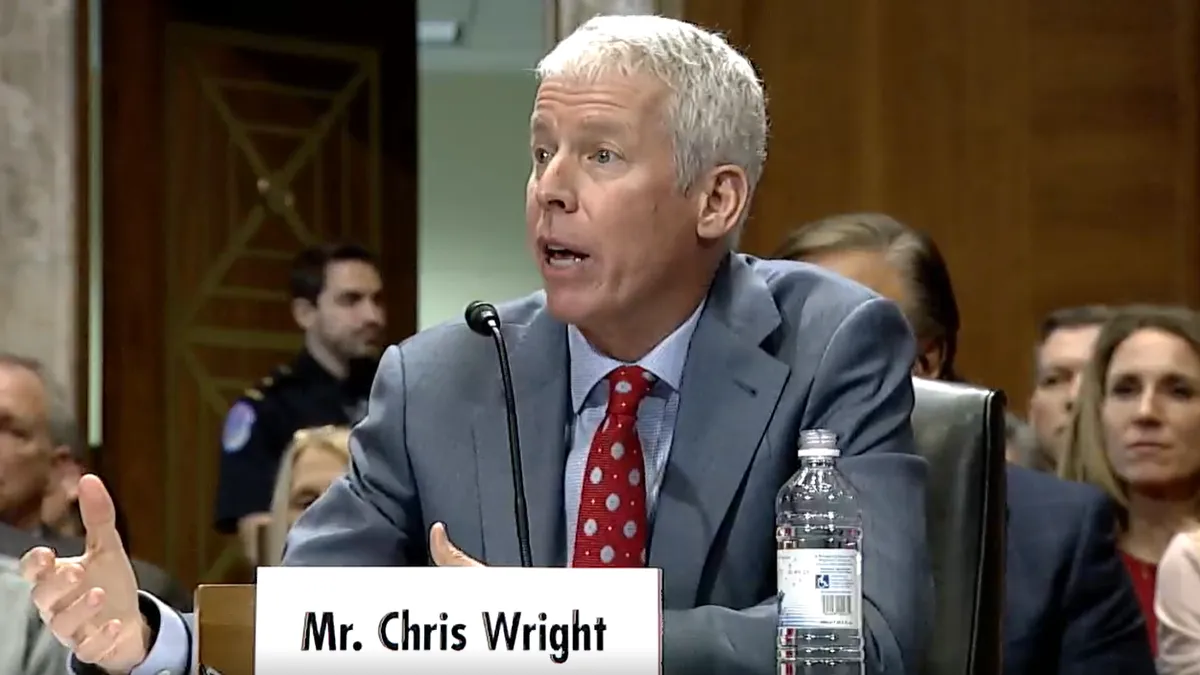Home energy management has been poised to take off for the last decade. Despite analysts' optimistic predictions, it hasn't.
But after 10 years of watching the market struggle, with consumers showing just moderate interest in devices targeting energy management, two recent reports predict significant growth over the next several years. And underpinning those predictions are fundamental shifts in the way our power grid is built and the way we interact with a variety of services.
"The real opportunity here, from a conservation perspective, an efficiency perspective, and a demand response perspective, is to basically allow us to live like we always lived, but to provide energy management services as part of engaging what we already do," said Carol Stimmel, founder of Manifest Mind. The firm just released their most recent report, "How Techno-Fetishism Unraveled the HEM Market and How Services Will Mend It."
It sounds simple, but Stimmel is describing a re-imagining of what home energy management (HEM) is really all about: Energy management woven into the web of services we already consume, using many of the devices we already own. Moving away from single-purpose gadgets — which never held a consumer's attention for very long — and towards services which might bundle cable television or home security with energy management.
"We have a phrase for it: 'Mean Time to Kitchen Drawer,'" said Stimmel. "How long it takes someone with one of those devices to throw it in the drawer and forget about it."
It's like watching how much power your dryer pulls — "that's fun once, and then you go back to washing your clothes," she said.
But Manifest Mind is predicting the HEM market to reach an annual value of $2.2 billion in North America by 2022, more than doubling the industry's value today, which hovers around $1 billion.
"In the context of home services, total consumer demand for energy management is likely to expand rapidly relative to the limited market reach of product-only channels," the report reads.
According to Stimmel, the firm examined different devices and services that have channels into homes, and attempted to determine what portion would become energy related. The research firm believes HEM services will ultimately be delivered through existing industries like home entertainment, security and utility programs.
"A prime example of this significant potential and early market interest can be seen in Comcast’s Grand Slam service package bundle, made possible through its partnership with NRG Energy, which adds electricity services to its existing telecom & entertainment portfolio of service offerings," the report explains.
Manifest Mind says the continuing focus on individual gadgets — what it calls "techno-fetishism" — will only beget more missed opportunities for HEM providers.
"In fact, given current market characterizations for HEM, by around 2020 we expect those forecasts to be approaching saturation, whereas the economic shift to advances services will likely be experiencing the beginning of a sharp rise," the report reads.
Manifest Mind's predictions are similar to analysis from Navigant Research completed late last year, which sees global revenue from HEM products and services growing from $846 million annually in 2013 to $2.4 billion in 2023. According to Navigant, "after years of sputtering growth, the HEM market has begun to gather momentum."
Neil Strother, principal research analyst with Navigant, pointed to Google's $3.2 billion purchase of Nest Labs last year, as a signal to the market that "a major technology company saw value in home energy and automation."
"This sector is poised for significant growth in 2015, as vendors release new products and large retailers offer new, customer-friendly packages and products," Strother said.
Growing focus on home efficiency could help drive HEM market
The HEM predictions come as consumers are more focused than ever before on where their power comes from, and how much of it they are using. Energy efficiency ranks number one among housing concerns, according to a new survey released by the Demand Institute, besting safety and kitchen upgrades, which rounded out the top three.
And according to the survey, 90% of households have taken some measure in the past five years to consume less energy.
"The opportunity here for engaging your customers is not this device or that device. It's the way that we integrate it into our lives," Stimmel said. "It's not about energy, it's about comfort and conservation and responsible living."
Marie Bahl McKenna, senior vice president of sales and marketing for Tendril, said one reason the industry has been disappointed by the HEM "market" is because "there never really was a HEM market to begin with."
Tendril, founded in 2004, was an early entrant into the home energy management space. While it became known early on for building in-home energy devices like thermostats and displays, the company changed directions a few years ago and now focuses on data-driven energy management. In May of last year, for example, Tendril and Seattle City Light teamed up to find energy efficiency solutions for 50,000 electric heat users.
According to McKenna, there have been energy services and products for the home and there have been products and services helping utilities take advantage of them. But the intersection of those two markets is what is now taking shape, "allowing customers to engage at whatever level they want."
"I don't think there's ever going to be a world where every consumer of electricity or energy commodity is going to be hyper-vigilant," McKenna said. But, "we're finally getting to a place where people realize that the home needs to be considered holistically."
And the growth of home energy management will ultimately be tied to developing standards, allowing services and products to communicate smoothly.
The goal, McKenna said, is for "any service provider of any kind ... to reach that home cloud in a way that is standards-based and easy and achieves whatever goal they are trying to achieve. Today those goals are demand related or energy efficiency related. Tomorrow they'll probably be revenue related, trying to up-sell customers on services and products."























